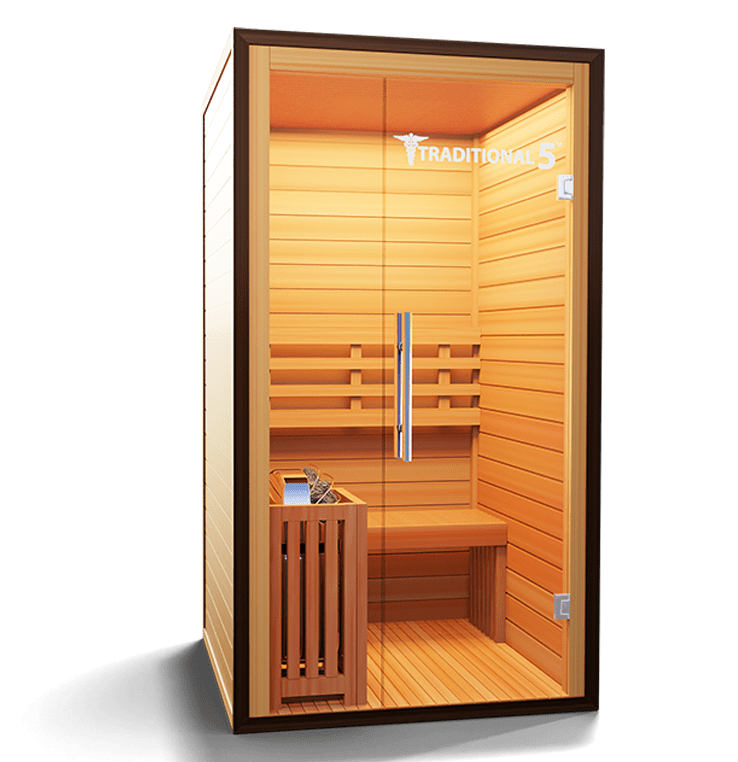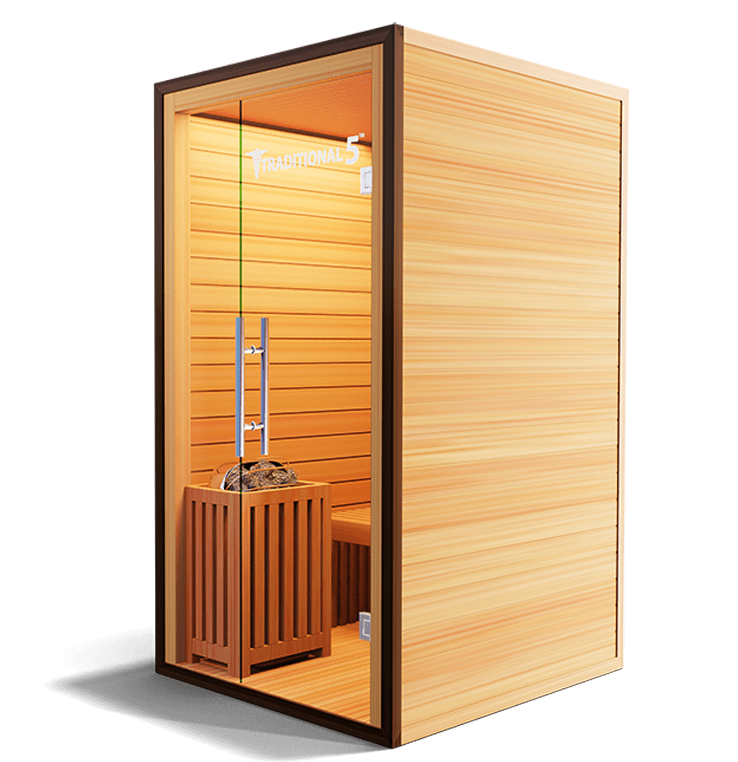Traditional Sauna Fundamentals Explained
Some Known Details About Traditional Sauna
Table of ContentsGetting The Traditional Sauna To WorkAn Unbiased View of Traditional SaunaNot known Incorrect Statements About Traditional Sauna The Single Strategy To Use For Traditional SaunaThe smart Trick of Traditional Sauna That Nobody is Discussing
Many of the weight shed in a sauna is water loss and is re-gained upon rehydrating. Without an uncertainty sauna can be a crucial part of a healthy and balanced weight loss program. To check out the differences in between standard and IR saunas, I will divide these right into proven, academic, and fabricated distinctions.Thus, the hottest point in the saunawhich goes to the ceiling directly above the sauna heateris usually in between 185 and 190 F. Claims that a traditional sauna goes beyond 200 F is just not true and not applicable for electrical saunas sold in the United States. The temperature for a far-infrared sauna is usually established between 120 and 140 F; nonetheless, unlike the standard sauna, the goal in and IR room is not to achieve a high temperature.
Due to this, the temperature distinction is virtually unnecessary, considering that profuse sweating leads to both sauna kinds, but the technique of heating the body is various. In an IR sauna the bather will feel warm and will sweat a lot, but at much reduced temperature levels (Traditional Sauna). Therefore, if the objective is to spend longer amount of times in the sauna, the IR sauna is an excellent selection
When a typical sauna has been effectively warmed, the sauna wall surfaces are cozy, the air temperature has actually achieved set temperature level and the rocks are super heated. As an intriguing side note, the warmed wall surfaces and the rocks are giving off far-infrared warm, integrated with the warmed air, to develop an "enveloping heat".
Traditional Sauna - Truths

When the heat is achieved, the components cycle on and off to maintain the heat. Most traditional sauna individuals appreciate putting water over the rocks to produce steam to elevate sauna moisture levels. The benefits of putting water over the rocks consist of: making the room much more comfortable, moistening the nasal flows, and enabling the use of aromatherapy by blending vital oils with the water.

When the power enters the body, it creates the body temperature to boost and ultimately leads to sweating. In an infrared sauna it is very important for the emitters/heaters to continue to be on nearly continuously. Since there is no mass of rocks to retain warmth, the sauna will cool if the emitters turned off.
As mentioned over, the sauna bather in an infrared space intends to position himself in front of running emitters to obtain maximum take advantage of the heat. The heating time for the 2 rooms can be very various, relying on just how the spaces are used. For a typical sauna, a bather must allow 30-40 minutes for the room to attain a desired temperature and to appropriately pre-heat the rocks.
Traditional Sauna for Dummies
A well built sauna will normally accomplish a temperature of 150-160 F in regarding 30-40 minutes. For hotter temperatures, the area might require to warm for a longer duration.

Traditional saunas often tend to be larger (hence make use of more electrical power) than infrared saunas, although conventional saunas are certainly offered in one and two individual sizes too. For a two-person conventional sauna, 5x6 or 5x7 dimension is most popular. The top bench can conveniently seat 2 or three people and is additionally enough time to relax throughout the sauna session.
An Unbiased View of Traditional Sauna
The ordinary cost per kWH of electricity in the U.S. is around $0.11, so a 4.5 kW heating system read what he said will cost roughly $.50 to compete one hour, if the heating unit runs continually for one hour. Typically a sauna heating unit will certainly compete 75% of the very first hour and 50% of succeeding hours on given that the elements cycle once the set temperature is achieved.

There is a rarely talked about difference in the social experience in between the two spaces. While our culture has actually shed a few of the social benefit of the standard sauna experience, it can be extremely socially satisfying (Traditional Sauna). From household time in the sauna, to heart-felt conversations with loved ones, to sauna partiesthe standard sauna experience can result in intimate interacting socially
Some Known Facts About Traditional Sauna.
Most higher end infrared rooms include colored light therapy, audio systems and full-glass fronts.